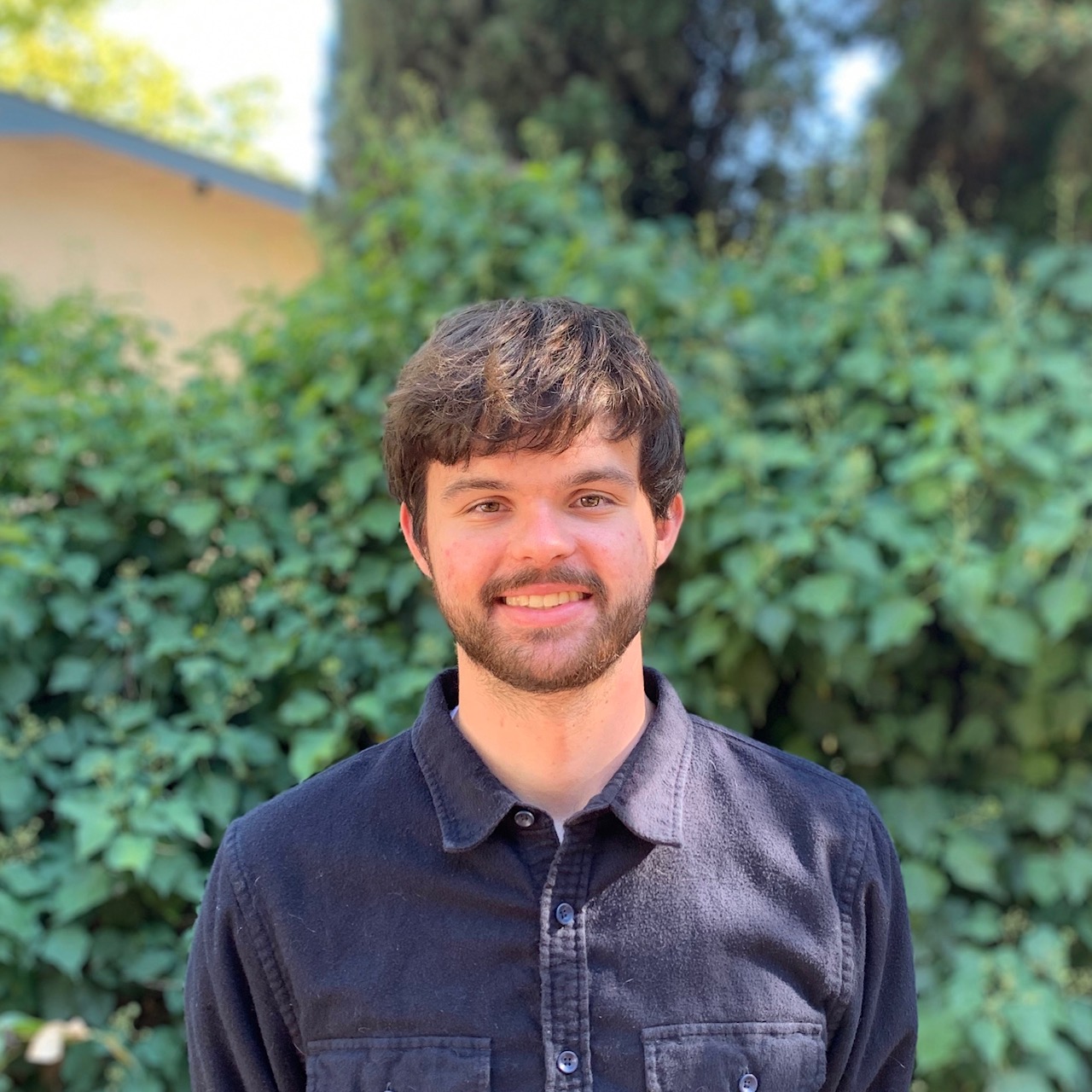With younger generations of talent now making up most of the workforce, more likely to change jobs and far more diverse than older generations, successful organizations must understand who they are and what they value.
According to a survey by Glassdoor, more than 75 percent of current employees and job seekers report that a diverse workforce is crucial when evaluating companies and job offers. Labcorp’s reverse diverse mentoring program works to capitalize on all of these workforce trends — in 2020, the first year of the program, more than 50 percent of diversity mentors were promoted after participating in the DEI program.
In partnership with MentorcliQ and led by Labcorp’s learning and development manager, Mary Schlegel, their reverse diverse mentoring program increases equity and inclusivity, and sharpens influences on current leaders by assigning younger employees with diverse backgrounds as diversity mentors to executives.
“We must pay attention to who is influencing our leaders,” Schlegel says. “We must be learning from those who come alongside and after us, and making sure that we are creating an inclusive environment that captures the value of all of our employees and employees who will become leaders in the future.”
Building inclusivity
Labcorp’s reverse diverse program is just one of the mentoring programs the company offers, but it is successfully identifying the value of diversity and sharing it across the organization. Allowing younger, diverse workers to mentor executives has improved aspects of diversity, equity, inclusion and belonging across the global organization.
For Schlegel, making this program a success was personally important to spread the value of different experiences. With a mother who immigrated from China and a father who lived with a severe physical disability, she says she knows the value to be found in diversity of experience.
“Seeing how they interacted with the world and how the world acted with them,” Schlegel says. “I wanted to understand how we can make more inclusive environments that would appreciate all of the value that people bring but isn’t always seen.”
The program’s inception came from one of Labcorp’s executives who had participated in a similar program focused on reverse mentoring and aspects of diversity. Launching from this, Labcorp’s goal from the beginning was to “bring many perspectives together so that we could understand how to create a program that would foster psychological safety, open-mindedness and trust to support learning,” Schlegel says.
Generation Z and Millennials, now a majority of the workforce, impact the workplace as both talent and consumers. “If you’re not thinking about the way that diverse consumers are engaging with your products, or even how accessible they are, you’re losing out on a strategic advantage,” Schlegel says.
Every company should consider how “they’re making sure those voices and perspectives are at the table because it’s not just for some feelgood DEI or soft reason, it’s actual results,” she adds. “We’re going to create a much stronger culture and strategy by including those voices.”
Fostering a diverse, inclusive community in the workplace can counteract the skills gap and great resignation by retaining and attracting top new talent that values diversity as much as anything else.
“As the half-life of skills and technology shrinks below five years, the workplace diversifies and new generations join our ranks,” Schlegel says. “We knew that leaders would need a strong understanding of the needs of this evolving and complex employee and consumer base.”
Reverse diverse impacts
The reverse diverse program has steadily grown as more executives see the value in a diverse and inclusive workforce. Since the program launched in 2020 with 17 executives completing the program, the number doubled in 2021 to 36 executives, and in 2022, Labcorp is preparing to have 75 executives participate in the reverse mentoring program.
According to Schlegel, executives who take part in the program now find themselves evaluating how their decisions affect marginalized groups. “They’re paying attention and working on creating initiatives that are more inclusive and actively exploring the way that diversity does or doesn’t show up in health care and how we can improve those outcomes,” she says.
For the diverse mentors themselves, the program allows Labcorp’s prospective leaders a sense of belonging and a seat at the table. “We frequently hear from them how rewarding and valuable it was to be able to make an impact on the broader organization,” says Schlegel. “Through the program, they’re developing their network, they’re gaining exposure and they’re honing executive communication and leadership skills that can support their career growth moving forward.”
According to Brenda Valasquez Wagner, chief diversity and inclusion officer at Labcorp, the reverse diverse mentoring program aligns with all three of Labcorp’s overarching pillars for DEI by empowering inclusive leadership, building and sustaining a diverse talent pipeline and creating a company-wide environment for engagement. As a result, “people feel more of a sense of belonging and connectedness,” Velasquez Wagner says. “A feeling they could channel to help them grow their skills and careers.”
In addition to generating a strong talent pipeline and preparing leaders for the future, it means a lot to the mentors that Labcorp is “also working on building change right now with the leaders who we have to create a more inclusive environment,” Schlegel says.
DEI evolution
Labcorp’s team knows there is abundant room to grow in mentoring and DEI as an ever-expanding space. “We really do see the [reverse diverse] program as an important tool from an overall talent development perspective,” Velasquez Wagner says. “As we continue to partner with our inclusion diversity team, our employee resource groups and mentors and their expertise, we’re definitely going to continue looking at ways to expand the impact.”
Each year, Labcorp’s L&D team connect with previous mentors and mentees to identify areas where they can create more value for executives, diverse mentors and the organization. “We’re hoping that over time, we’ll be able to not just have this opportunity for executives but continue to deepen and expand the opportunity within the organization,” Schlegel says. “Because I firmly believe that anyone can benefit from a reverse diverse mentor, myself included.”
For the larger L&D industry, Schlegel says organizations need to take a hard look at who influences their leaders and, in turn, their culture. “Are there the prospective experiences and identities at the important tables where decisions are being made?” Schlegel asks. “And if not, how can we open those doors and break down those barriers?”















